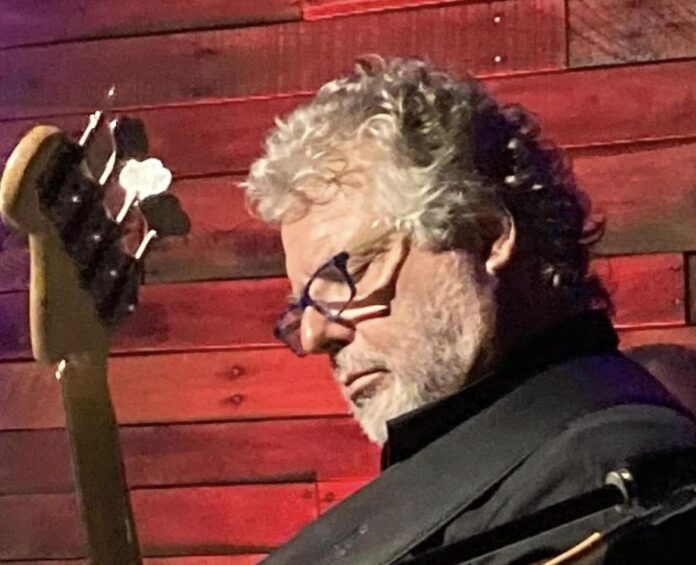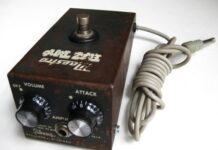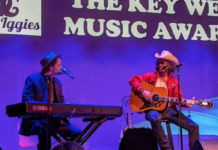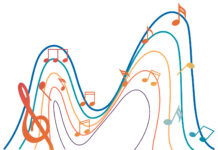
The bass player. To many people they are simply another guitar player. Though they rarely seem to be the main focus of the band, they do seem to be important. Nearly every band has one. But if a band has two other guitar players and a keyboard player (who occasionally plays the role of the bass player), why do they need a bass guitar? Well, much like your favorite sports team, every player has a vital role, and victory requires that everyone do their job.
The role of the bass player, besides calmly negotiating the egos of guitar players and singers, is twofold. First, they hold down the rhythm, which is not to be confused with the beat — that’s the drummer’s job, although the two are intertwined. Consider an old grandfather clock. The drummer decides at what pace the pendulum swings from side to side and the bass player decides how far and how many times the second hand moves each time the pendulum swings. If the two aren’t tightly wound together, chaos can ensue. It’s what musicians often refer to as a “train wreck.”
Another major role of the bass player, besides communicating nonverbally with the drummer that, “of course the lead guitar player was going to stretch out that solo,” is defining the harmony — the sound you hear when two or more notes are played at the same time. It takes three notes to make a chord, but there is no limit to how many notes a chord can have. Now we’re making music. Most people, when they hear several notes played at the same time, hear them compared to the lowest note — the bass note. When you measure water in a measuring cup, you measure from the bottom.
In music, harmonies can create the mood of the piece, and the bass note is critical. When all the notes of a chord blend together, it sounds solid. Happy or sad, everything fits. When we start adding notes that only kind of fit, it gets fun. This little bit of a shift is called dissonance, and it creates mood, space and feel. The bass player can define harmonies at will. A bass line that moves underneath the chords is a great source of the dissonance we need to make music emotional. It also provides stability while other instruments define the harmonies.
This is, however, a broad generality, as rules are meant to be broken and musicians are creative and inquisitive.
Jeff Dalton, a very busy bass player and artistic director at Sunrise Studios in Marathon, has a much cooler way of describing it: “The bass player’s job is to work with the drummer to provide a relentless pulse hidden within a groovy line while outlining the harmonic foundation of the song to make it easy for the band to put on their best show. We’re also supposed to wear dark sunglasses and stand in the back brooding.”

























